Presentation
Comatose baby. The family denied to give a proper history.
Patient Data
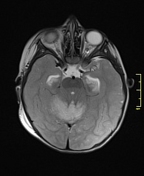

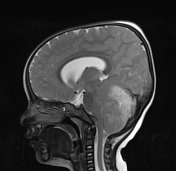

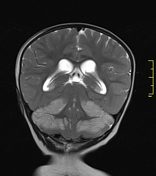

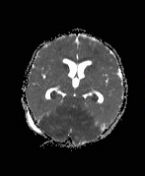

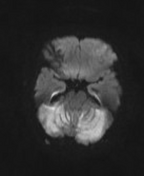


There is extensive infarct in the bilateral cerebellar hemispheres with mass effect and ascending transtentorial herniation that has resulted in the obliteration of quadrigeminal and superior cerebellar cisterns.
Superior displacement of cerebellum has led to obliteration of aqueduct of Sylvius and resultant hydrocephaly.
There are also some focal areas of T2W/FLAIR hyperintensity in the deep and superficial suprasellar structures that show restricted diffusion in the DWI/ADC images. These may represent foci of diffuse axonal injury.
Also note the soft tissue T2 hyperintensity in the right hemicranium that may be the result of post traumatic inflammatory changes.
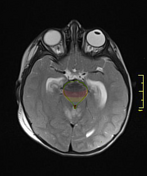
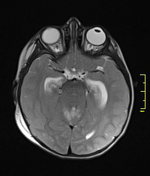
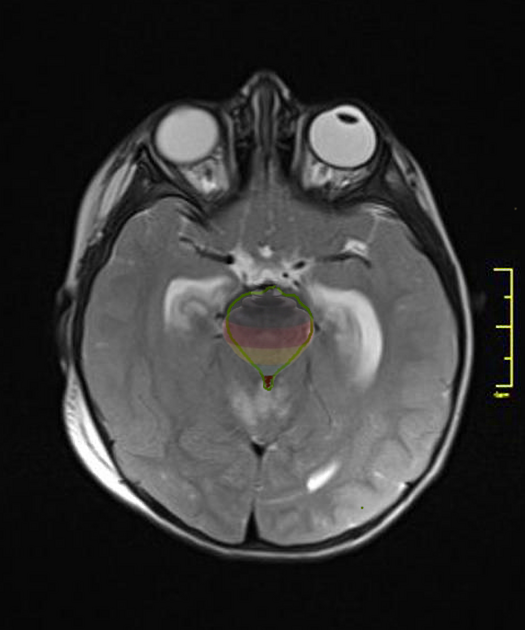
"Spinning top" appearance in ascending transtentorial herniation.
Case Discussion
Cerebellar infarct may be associated with extensive mass effect in the posterior fossa. Increased pressure in the posterior fossa may lead to ascending transtentorial herniation.




 Unable to process the form. Check for errors and try again.
Unable to process the form. Check for errors and try again.